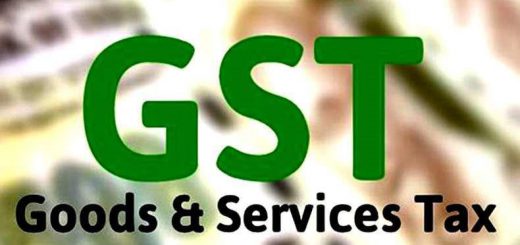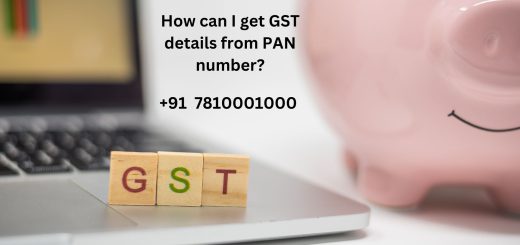10 important facts about GST registration
GST registration is crucial.GST is known as Goods and Service Tax. It is an indirect tax that has replaced many indirect taxes in India such as excise duty, VAT, service tax, etc. The Goods and Services Tax Act was pass in Parliament on March 29, 2017 and came into force on July 1, 2017. GST is known as Goods and Service Tax. It is an indirect tax that has replaced many indirect taxes in India such as excise duty, VAT, service tax etc.
10 important facts about GST registration
1. It has been 17 years since the first concept of GST was introduced in India.
That’s right! In the year 2000, the Vajpayee government started the discussion on GST by forming an empowerment committee headed by Asim Dasgupta. He was the then Finance Minister of West Bengal.
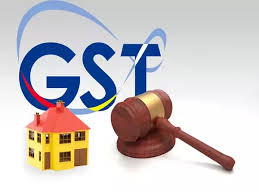
2. GST in about 160 countries of the world.
Currently, there are about 160 countries that have applied GST or VAT in one way or another. France was the first country to introduce GST. India, being a federal country, will have a dual-GST structure – Central GST and State GST. Canada is the only other country with dual GST.
3. Rate of GST.
Globally, the standard GST rate varies from 1.5% in Aruba to 27% in Hungary. In India, the GST Council has proposed a four-standard rate structure, with two standard rates – 12% and 18%, a lower rate of 5% for essentials and a lower rate of 28% for luxury goods and sin goods.
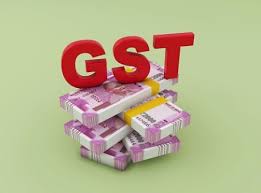
The government can levy a rate of 28% on sin goods and above. The cess will serve two purposes – to discourage the consumption of sinful goods and to provide additional revenue to the states. (Discussed later)
4. The Constitution of India has been amend
The Constitution of India has been amend to include articles empowering the Government of India to levy GST. Prior to the introduction of the so-called reform, there was no consistent taxing power between the states and the center. This means that in the existing indirect tax structure the same transaction could not be levied simultaneously by the States and the Center but was explicitly allow under the GST .
This will be seen in the case of intrastate supply, where CGST and SGST will be levied simultaneously on the same transaction.
5. The power to levy existing indirect taxes has been removed from the Constitution.
On September 16, 2016, when the Constitution was amended to introduce the power to impose GST, the concerned authorities Except for some products excluded from the scope of GST, the existing indirect taxes were eliminated. So the question is how the government is still indirectly collecting taxes?
An article was inserted in the Constitution which provide that the existing tax would be applicable for 1 year from the date of this amendment.
6. GST cannot be delay.
The provision for imposition of indirect tax for 1 year after the above instruction, section ends on September 15, 2017. This means that if GST is not implement by September 16, 2017, the government will not have the power to levy any indirect tax till the date of implementation of GST.
7. How will GST benefit the economy?
GST will ensure unified flow of credit in the supply chain, thus eliminating the effects of tax cascading inflation. Further, GST will open up the Indian economy to FDI by foreign investors, who are reluctant to invest in India due to its complex tax structure.
8. GST is a tax on supply.
Taxable events for existing indirect taxes are sales, production, provision of services or imports.
For GST, the taxable event is the supply of goods and / or services. The term covers all types of taxable events within its significance.
9. Definition of goods and services under GST.
Goods means all kinds of movable property. Services are define as “anything other than goods”. If we take into account the literal meaning of this definition, real estate will also be treat as services for the purpose of GST.
10. The recipient will be entitle to credit only if the supplier pays tax to the government.
The GSTN system will match the details of the tax paid by the supplier with the details of the credit claimed by the recipient. If the recipient claims more credit, it will be automatically denied until the return is correct. This system prompts the recipient to keep an eye on its supplier. The government has shifted the burden on the supply recipient to ensure compliance with the GST system.

Benefits of GST
GST registration has brought together several indirect taxes under one umbrella, which simplifies taxation for service and commodity businesses.
Experts believe that the introduction of GST will reduce the cost of products and services in the long run. This is because the cascading effect of category and VAT and taxes has now been eliminated.
Service providers with a turnover of less than Rs 20 lakh are exempt from paying GST. In the case of North Eastern States, the threshold is Rs 10 lakh. This will help small businesses avoid lengthy tax procedures.
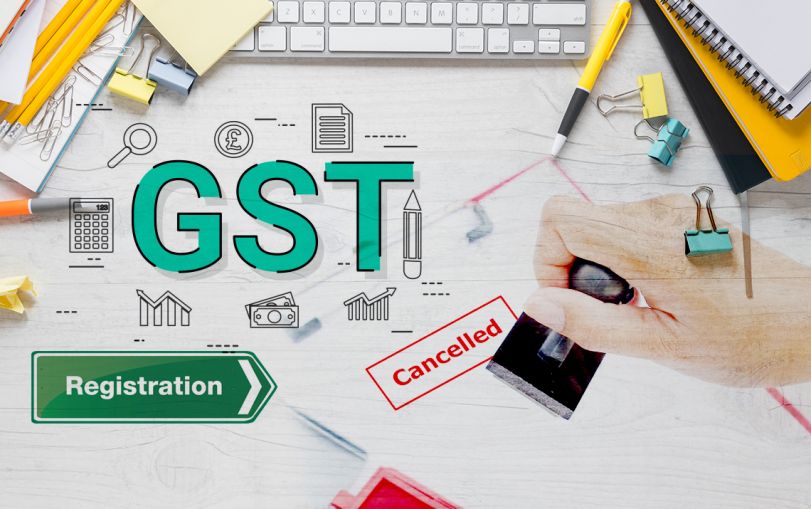
- The purpose of GST registration is to reduce corruption and sales without receipts.
- GST has reduced the need for companies to comply with excise, service tax and VAT.
- GST brings responsibility and regulation in organized sectors like textile industry.
- Instead of many state and central taxes through GST, the collect tax is likely to be distribute across the country, providing funding for development to developing or undeveloped pockets.
- GST filing has reduced taxes on some goods by 2% and on others by 7.5%, such as smartphones and cars.
- GST brings uniformity in the tax process and allows centralized registration. This allows small businesses to file their tax returns every quarter through a simple mechanism. This reduces tax multiplication because they do not have the resources to hire tax experts.
- GST reduces logistics costs by eliminating border taxes and removing check-post discrepancies. A 20% price reduction in logistics costs for non-bulk goods is clearly the expected result.
- GST points to a positive impact on India’s GDP. It is expect to grow by at least 80% in the next few years.


